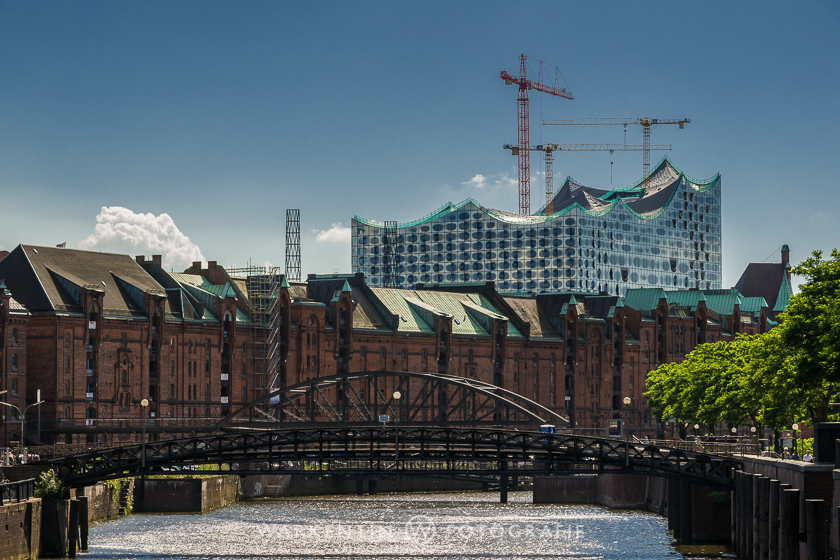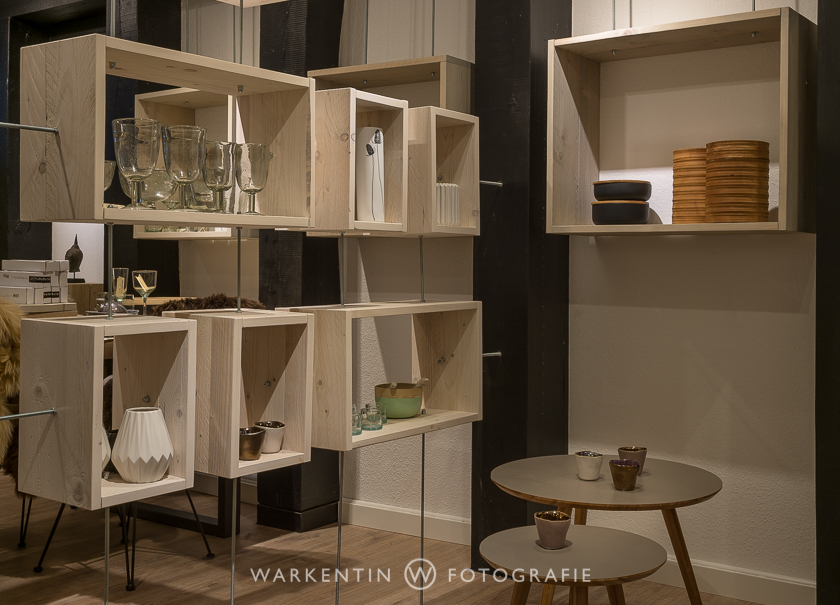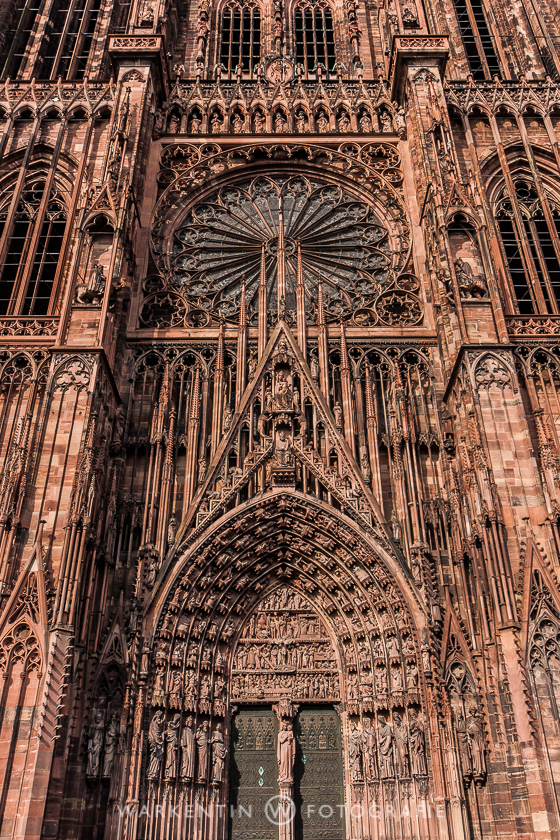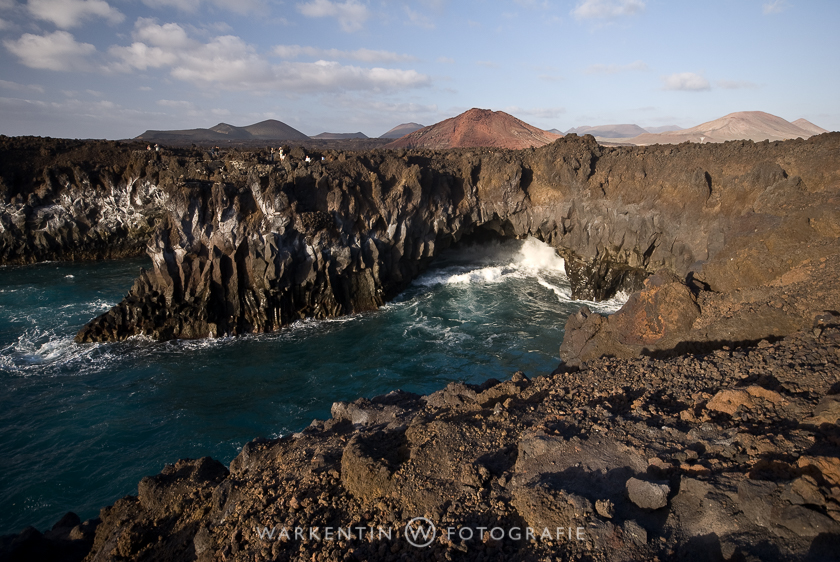First of all, a short note in advance: since in the following article we are dealing with legal issues in photography, I must point out that I am a photographer and not a lawyer. The information provided is by no means to be understood as a legally binding information, but merely as information and possible assistance to the possibilities and limitations of the panoramic freedom and a preparation for a possible legal advice from a suitable specialist attorney.
Photographs and paragraphs – not always friends | Dog and owner | Is there any panorama freedom in the country? | Are you actually in the public? | Is the object free of copyright protection? | Is the object permanently in the public? | The Atomium in Brüssel | The Eiffel tower at night | Sanssouci castle | The covered Reichstag in Berlin | Conclusion
Photographs and paragraphs – not always friends
Sure, everyone has already heard of the fact that you can not photograph any person in public and then publish the made picture. The law in its own image, regulated by the Copyright Act (UrhG) in Germany and, more recently, the Criminal Code (StGB), protects persons from being pictured and published against their will.
But how is it really with things in the public? Are you allowed to photograph everything you see in public and then publish the resulting image? Definitely no, also there are restrictions.

The occasion for me to write something about this was the many, mostly unpleasant encounters I had with the security services and the police while I was photographing, even if they were all without consequences for me.
Dog and owner
The summit of these events was a massive conflict, which I had with three police officers in Hamburg because during a workshop a participant photographed a dog on the street and the dog owner felt that the photographer had literally “violated the personality rights of the dog” , The policemen tried to intimidate us and declare with false allegations and accusations that we were punishable with the making of the dog portraits and a possible publication. However, the public servants did not have any knowledge of the legal situation. They even wanted to pass on our personal data to the dog owner who were not very confident in the event that we had not only photographed the dog but also his master and published this image. The gentlemen apparently had not heard of data protection at all.

After I had clarified the law enforcement authorities about the existing legal situation and also the dog owner was little cooperative in the publication of his personal data, the three policemen broke the mission after half an hour unsuccessfully and disappeared again. The photographer concerned was so excited after the incident that he only came to rest in the evening after one or two beers.
But the situation was clear. A dog is not a thing according to current legal situation, but is treated legally as such. Since a thing can not be a person, a dog or other animal has no personality rights. It would be different with an elephant in the zoo. But one by one …
When photographing things, four things are crucial when it comes to the question of what you can and can not do as a photographer.
1) Is there any panoramic freedom in the country?
The panorama freedom, which is self-evident in Germany, is not valid everywhere, even in Europe and the EU! The panoramic freedom is not available in France, Luxembourg, Italy, Greece, but also not in the Ukraine and Belarus. This means that anyone who photographed and intends to publish a copyrighted work, whether it be a building or a work of art, in one of these countries, is required to approve the rights owner. This may be the artist, architect or owner of the work. Without such permission, the copyright and use rights which protect the reproduced work and its author are violated.
| By Maximilian Dörrbecker (Chumwa) – Own work, using:File:Freedom of Panorama in Europe.svgFile:Freedom of Panorama in Europe NC.svg, CC BY-SA 3.0, Link | |
2) Are you actually in the public?
This question seems simple and meaningless, but it is not as trivial as it seems. Where does the public end, where does the non-public space begin? Jurists usually assume that one leaves public space in any case, if one has to go through a door, a gate, a barrier, a passage or other barrier, in order to enter the area in question or the terrain recognizable. This can be an apartment door, the entrance gate to the zoo, a barrier or even the open access to a train station. Private grounds, as well as castle gardens and national parks, as well as grounds for clubs, sports arenas or concert halls.

In all these cases, one is not in the public space. Thus the owner can determine by means of the exercise of his house rights, whether and what under which conditions may be photographed or not. This can therefore be applied even to animals or landscapes, for example in a zoo, a national park or a UNESCO biosphere reserve. In American national parks as well as domestic zoos, the partly paid photo-approvals are well-known, in order to be allowed at all to take photographs, be allowed to use the made photos even commercially or not at all.

3) Is the object free of copyright protection?
Not everything in the public is protected by copyright. To achieve this protection, a “creative power” as the law expresses it, must be present. The work must be something new and peculiar. Thus, the Guggenheim Museum in Bilbao is doubtless new and peculiar and is therefore under the protection of the copyright law. A factory hall of standard parts or a dwelling-house of a prefabricated producer will, on the other hand, have a hard time finding the new and peculiar. On the other hand, works of art such as sculptures and sculptures can usually be subject to copyright protection.

Just wondering how long the copyright is protected? According to German law, this is less dependent on the date of origin of the work than on the date of the death of the copyright holder, ie the artist, the architect, etc. Copyright expires 70 years after the author died. From this point onwards the use of pictures is free.
4) Is the object permanently in the public?
In all copyrighted works, which are in public only limited in time, such as an art exhibition or a temporary installation, the panorama freedom does not apply. Pictures of these are not freely usable.
If all four questions can be clearly answered with “yes”, there should be no problem with the publication of made recordings. If this is not the case, the above restrictions apply – otherwise you need a license, which is mostly paid for publication.
Without this permission, a lot of costly trouble can be treated, as the following famous examples show. In all, courts have decided to favor the rights holders and against the defendant photographers.
1) The Atomium in Brussels
The futuristic buildings of the architects André Waterkeyn, André and Jean Polak from the year 1958 are on public ground, however, pictures of them can not be published without permission. The architect Waterkeyn died in 2005, the brothers Polak in the years 1988 and 2012. The atomium is only 70 years afterwards free of copyright, so from the year 2082 may be published photos without permission. So we have to be patient with our photos!
Since there is no panoramic freedom in Belgium, it is not possible to publish footage of the Atomium, although it is in a public place because it is still protected by copyright law.
| + + + U P D A T E + + + |
| A positive message for all those who want to photograph and publish in Belgium! Since the summer of 2016 there has now been the panoramic freedom in Belgium, even with even more possibilities than in Germany. In Belgium there are also publicly accessible rooms in buildings for the panoramic view. |
2) The Eiffel Tower at night
Famous is the case “Eiffel Tower”! The tower was built from 1887 to 1889 on the occasion of the Paris World Exposition by the architect Gustave Eiffel. Since Eiffel died in 1923, the Eiffel Tower has been free of copyright since 1993. Images of the tower can therefore be recorded and published since this time. But! This is only true for recordings that were not made at night, while the newly installed light installation illuminates the old building. The light installation itself is a copyrighted work and illustrations thereof may not be published without permission.
As there is no panorama freedom in France, you can not publish footage of public places that show the nightly illuminated Eiffel Tower, since the lighting is copyrighted. This also applies to other copyrighted works in the public sphere.
3) Sanssouci Castle
Sanssouci Castle is another example where photography is restricted. It is open to the public, but an entrance fee is payable for access. In addition, the castle is owned by the “Stiftung Preußische Schlösser und Gärten Berlin-Brandenburg”, ie in private property, although the foundation belongs to the state. Due to the rights of the owner, the photographer is only allowed to take photos for a fee. For private recordings, which may not be published, it is currently 3.00 €. The Foundation explicitly excludes the application of flash light or tripod. For commercial uses and publications, the fee is likely to be considerably higher.
The panorama freedom is also not valid here, because you are on private grounds.
4) The covered Reichstag in Berlin
In 1995 the artists Christo and Jeanne-Claude completely covered the Berlin Reichstag building with a metallised fabric, creating one of the most famous works of art in public space.
The panorama freedom does not apply here, since the art project was only 14 days in the public, which was temporary. The artists complained against the publication of photos of the veiled Reichstag by a postcard publishing house successfully to the Federal Court of Justice.
It may also be important to consider the fact that, as a rule, the legal situation of the country in which publication / exploitation takes place is decisive in publications. However, this is not an open letter, because a publication on the Internet or a sale via Amazon usually takes place world-wide. Thus one is publishing also in countries which with their legal situation may oppose a publication. Thus the sale of a poster with a picture of a Viennese building by the artist Friedensreich Hundertwasser was allowed in Austria, whereas the same poster in Germany could not be sold. The panoramic freedom in Germany is more strictly regulated than in Austria.

Conclusion
As is so often the case in jurisprudence, a simple question can not be given here simply and unambiguously. This article can therefore only provide an introduction to the topic, and sensitize a bit to the topic of photography and to publish his pictures, even if only on Facebook or Instagram.
Note: All statements made here are without guarantee and do not represent or replace any legal advice.

